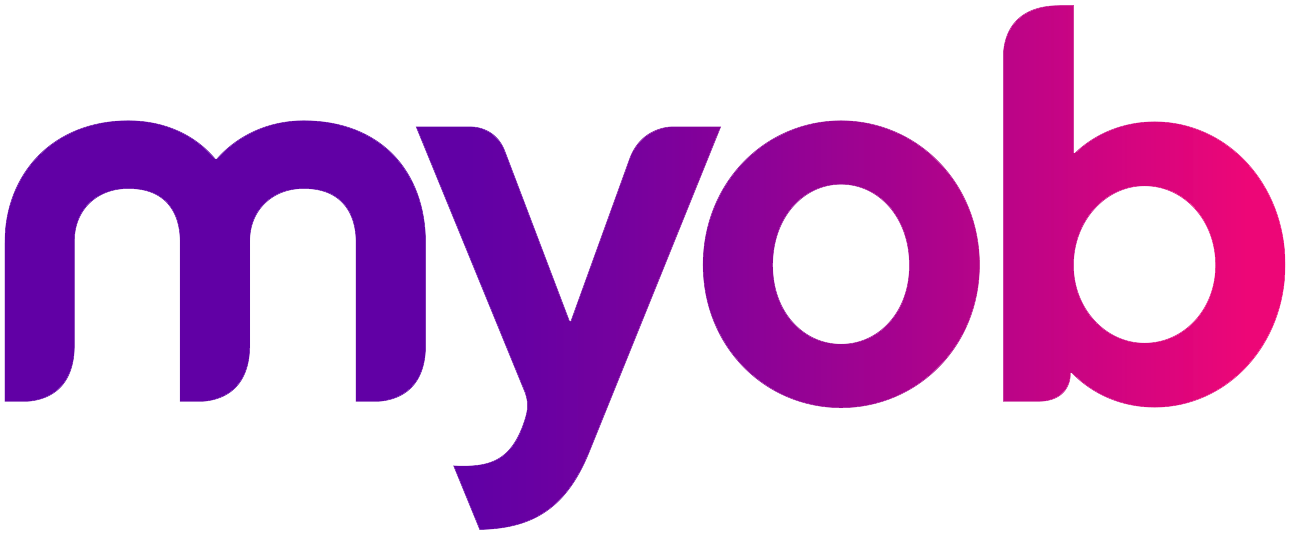
DFK Gooding Partners
June 3, 2022
Following on from our EOFY Tax Planning part 1, this is our second in a 2 part series covering key tips and takeaways for your end of year tax planning. If our first tax planning article was a view from 30,000 feet, this article will get down to ground level and dive into specific areas that will assist in realising a positive outcome for your tax affairs.
As with all planning, it can be time intensive, so you should ensure you have allocated enough time to focus on the optimal tax issues and areas for their business. There are various tax planning strategies which can be used to reduce exposure to tax liabilities, some of which can be more resource intensive than others to implement. Key tax planning tools to assist within your preferred strategy can include deferring income, maximising deductions and utilising tax offsets, credits and rebates.
Specific areas that taxpayers may want to consider are as follows:
Income
Capital Gains
- Defer triggering capital gains until after the end of the financial year. Capital gains on the sale of assets generally arise on the contract date, rather than settlement date.
- Defer the sale of assets until 12 month holding period is met to access the general 50% discount.
- Realise capital losses on shares (especially where capital gains exist in the same income year), if it is unlikely that the market value will recover. (If you intend to immediately reacquire the shares you may attract the general anti-avoidance provisions.)
- Where a business is involved, consider the small business capital gains tax exemptions, and obtain advice if necessary.
- Consider if any capital gains tax rollovers are available, such as scrip for scrip rollover relief on the disposal of shares in exchange for shares in another company.
Sales
- Defer sales contracts until after the end of the financial year, where it is possible and reasonable to do so.
- Where timing of sales income is based on issuing invoices, consider issuing invoices after the end of the financial year (noting that the other party may miss out on a tax deduction).
- Capitalise income received in advance and recognise over the life of the agreement, where certain requirements are met.
Averaging Income
- Where income for this income year is higher than average, consider income averaging.
- Applicable to all farmers, sportsmen and artists.
Personal Services Income
- If receiving Personal Services Income (PSI), consider whether the Personal Services Business (PSB) rules are satisfied to be treated as a business rather than as an employee for tax purposes.
Dividends/Distributions
- Ensure family trust distributions are only made to beneficiaries within the family group of the specified individual.
- Declare franked dividends where shareholders on low marginal tax rates can benefit from refund of franking credits.
- Consider recent ATO guidance on distributions to adult children when planning trust distributions.
Cryptocurrency
- Defer disposing of cryptocurrency that would result in a capital gain.
FX Gains/Losses
- Consider the tax consequences of disposing of foreign currency or extinguishing foreign currency denominated loans prior to the end of the income year.
Deductions
Accounts Receivable
- Review trade debtors listing to identify unrecoverable amounts and record the bad debts prior to year end.
Depreciation/Immediate Write-Offs/Building Write offs
- Ensure new assets are installed ready for use by 30 June to take advantage of Temporary Full Expensing.
- Review depreciation rates to ensure they are still adequate and reflective of the useful life of the assets.
- Identify obsolete items that can be written off.
Loss Carry Back
- Eligible companies can claim a refundable tax offset if they have incurred recent tax losses and had tax liabilities in earlier income years going back to the 2019 income year.
- Losses incurred because of claiming Temporary Full Expensing of Depreciating Assets may be eligible for the loss carry back.
- The franking account will be debited by refunds received from the loss carry back, therefore it may affect the ability to pay franked dividends, which may be important for managing Division 7A loan repayments.
Prepayments
- Small and medium business entities and non-business individuals are entitled to claim the full amount of the prepayment in the year in which the payment is incurred, provided the service is completed within 12 months.
- Prepaid wages are excluded expenses from the prepayments rules and are only deductible in the year in which the expense is incurred.
Superannuation
- Ensure all employee superannuation contributions are paid by 30 June (and actually banked into the superfund’s bank account). If not, the deduction is not allowable until the following income year.
- Superannuation guarantee paid from 1 July 2022 will also be subject to the increased rate of 10.5%.
- You may be entitled for a deduction for personal superannuation contributions paid from after-tax income. The concessional contributions cap for the 2022 income year is $27,500, which includes your employer contributions.
- Beware that concessional superannuation contributions may be subject to an additional 15% tax if your total adjusted taxable income is over $250,000.
Staff Bonuses
- Staff and director bonuses are required to be approved for payment by 30 June to be deductible in the same income year. This should be evidenced by a directors’ resolution.
Stock on Hand
- Can be valued at the lower of its cost or net market value.
- Consider writing off obsolete stock.
- Consider revaluing slow moving stock.
Farm Management Deposits (“FMD”)
- Individuals receiving primary production income can deposit income into an FMD and receive a deduction for the full amount deposited, however the income is assessable on withdrawal.
Other Issues
Other important matters include the following:
- Directors and shareholders with loans owing to companies should consider the option of paying a dividend to clear the loan at year end or entering into a loan arrangement.
- In relation to any existing Division 7A loans to companies, taxpayers should ensure that minimum yearly repayments are made prior to the end of the financial year.
- In relation to any existing sub-trust arrangements, taxpayers should ensure that the accrued interest has been paid by the trust tax return lodgement date.
- Consider whether the non-commercial loss rules apply to prevent offsetting small business losses against other income.
- Consider whether the alienation of personal services income rules apply? If so, it may not be possible to distribute income to low income beneficiaries.
- Consider the availability of the government’s superannuation co-contribution. The government will provide up to $500 for a $1,000 contribution made by a low-income individual if they receive employment or business income and earn less than $42,016 per year (the government stops making co-contributions at $57,016).
We hope this guide assists with minimising your tax liabilities as you close out the last month of the financial year. If you are unsure which area would be best to focus your resources on, or you would like more information regarding tax planning, please:
Contact us via email, or call us on (08) 9327 1777 to discuss your tax planning with one of our experienced advisors.









